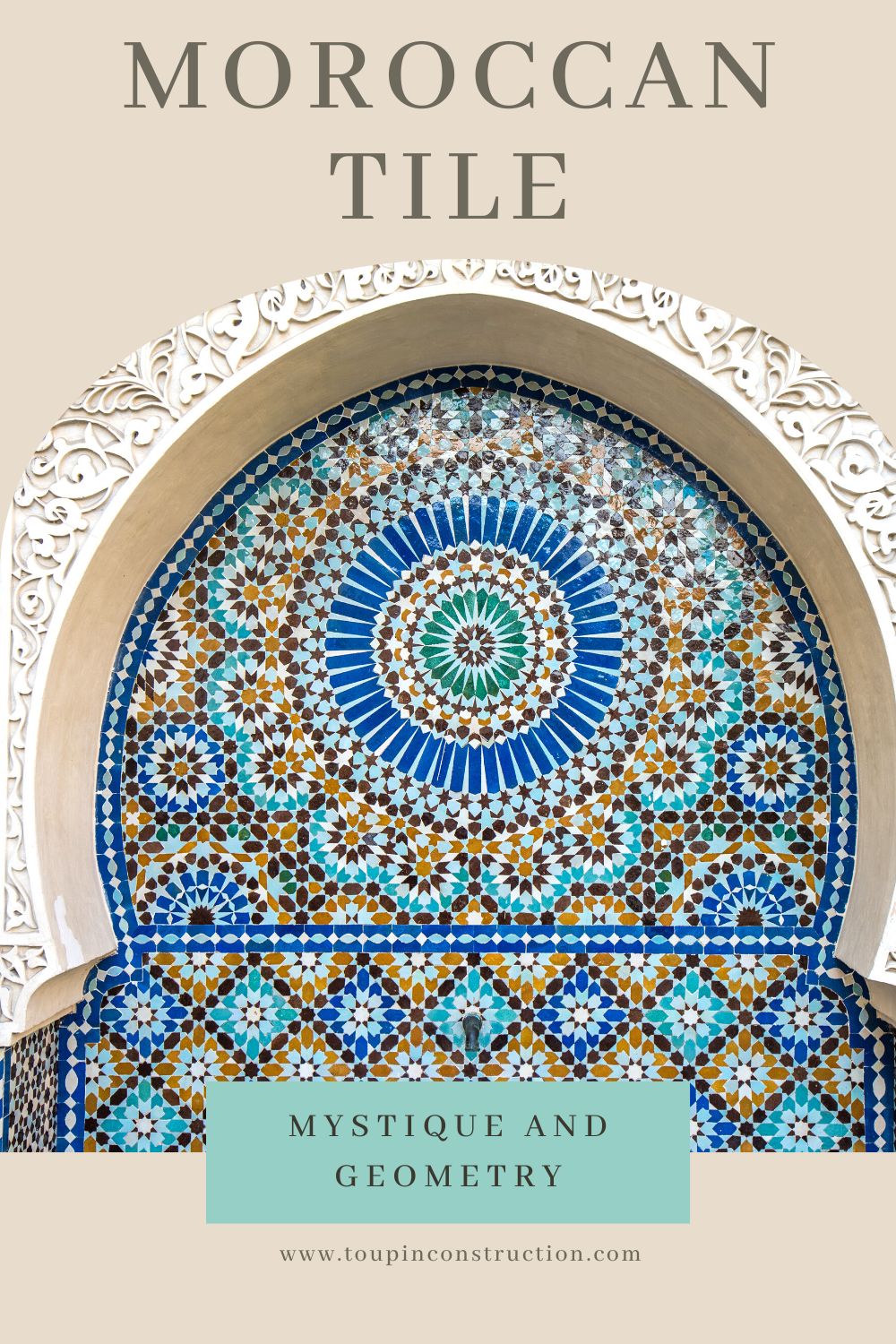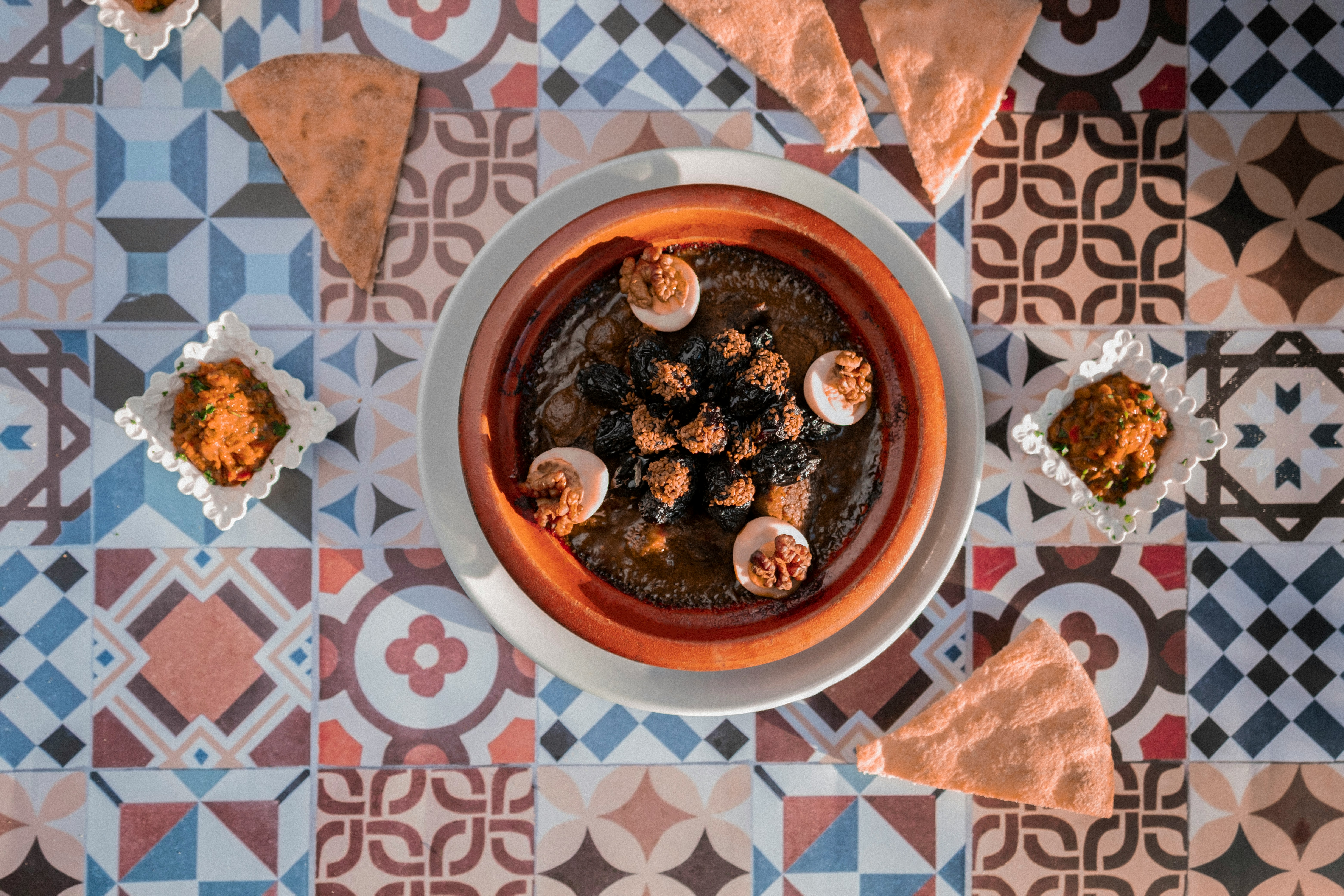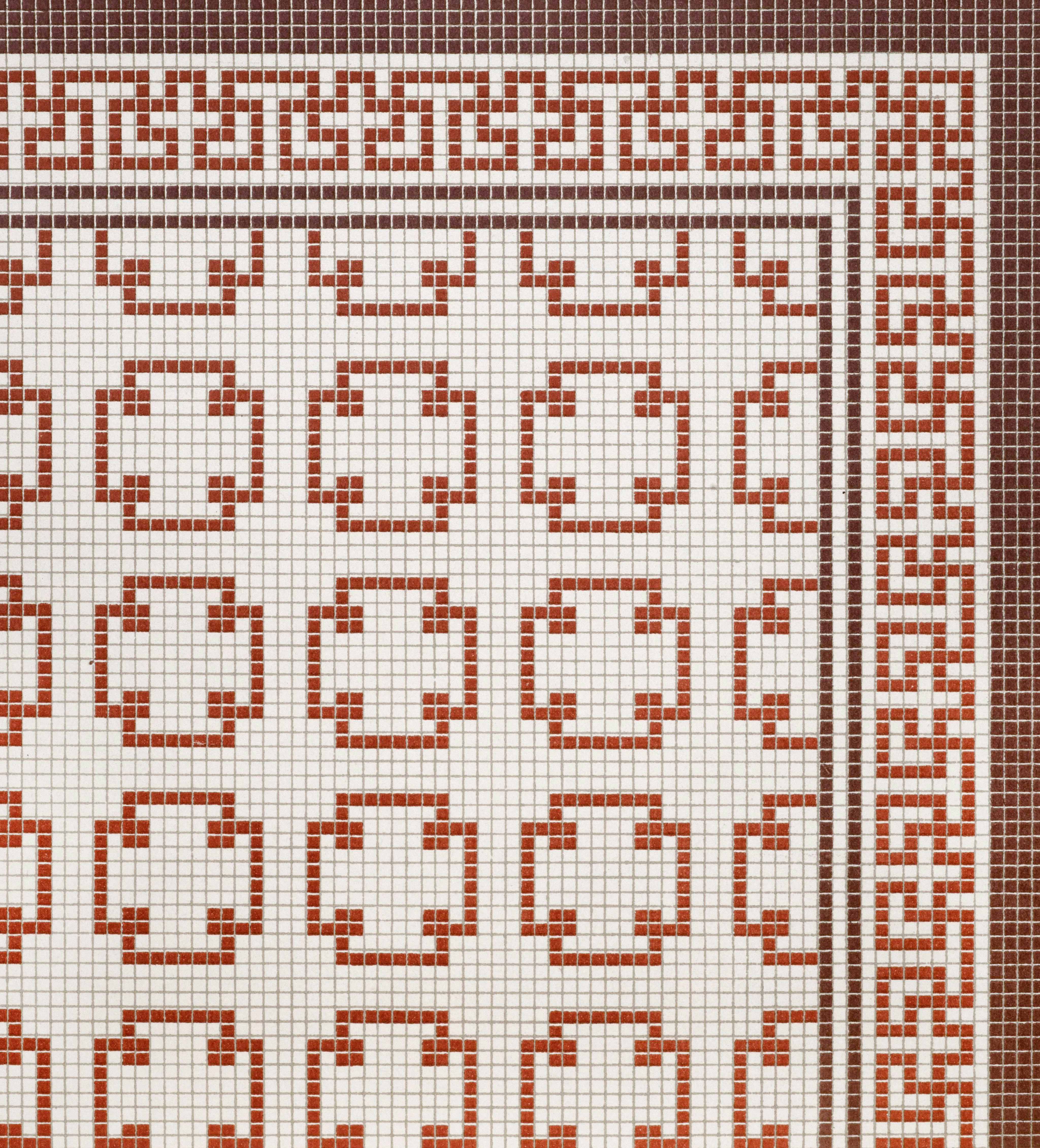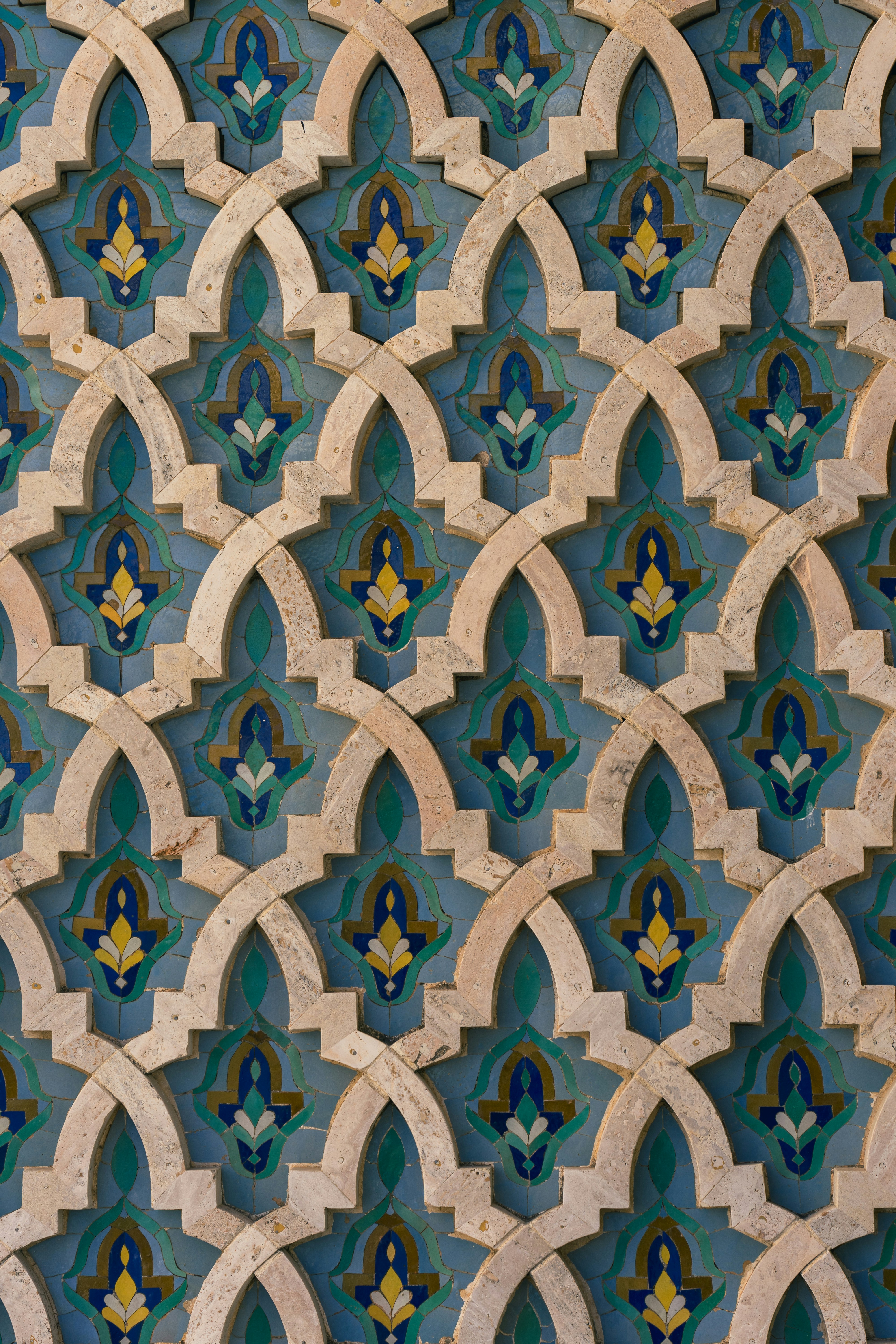By using our website, you agree to the use of cookies as described in our Cookie Policy
The Boss’s Daughter
Moroccan Tile: Mystique and Geometry

Moroccan Tile: Mystique and Geometry
If Spanish tile is all about passion and color, Moroccan tile is about mystique, precision, and depth. Known for its mesmerizing geometric patterns and jewel-tone colors, Moroccan tile has been turning ordinary surfaces into works of art for centuries. Whether it’s a zellige backsplash that shimmers in the light or a courtyard fountain lined with intricate mosaics, Moroccan tile tells a story of culture, craft, and timeless beauty.
So how do you bring this global treasure into your Bay Area remodel without it feeling out of place? Let’s dive into the history, defining features, and modern uses of Moroccan tile.
A Brief History of Moroccan Tile
Morocco’s tile traditions date back to the 10th century, when Islamic artisans introduced intricate geometric patterns to reflect both artistry and spirituality. Unlike European styles that often feature florals or figural motifs, Moroccan tile design focuses on geometry, symmetry, and repetition—a visual language meant to represent harmony and infinity.
The most famous style is zellige (pronounced zell-ij). These hand-chiseled clay tiles are glazed in rich colors like cobalt blue, emerald green, saffron yellow, and ruby red. Artisans cut each small piece by hand, assembling them into elaborate mosaics. The technique has been passed down for generations, and zellige is still made in much the same way today.
Zellige tile spread beyond Morocco through trade and cultural exchange, influencing Spain, the Mediterranean, and even the Americas. If you loved the drama of Spanish Tile, you’ll recognize the shared Moorish roots.

Key Characteristics of Moroccan Tile
What makes Moroccan tile instantly recognizable?
-
Geometry First – Stars, hexagons, and interlocking shapes create mesmerizing patterns.
-
Handmade Zellige – No two tiles are identical; subtle variations make walls shimmer.
-
Rich, Saturated Colors – Expect jewel tones: cobalt, turquoise, saffron, and emerald.
-
Luxurious Texture – Slight surface irregularities catch the light beautifully.
Pro Tip: Moroccan zellige tiles are often small-format, which makes them ideal for detailed work like niches, backsplashes, and accent walls.
Where to Use Moroccan Tile in Your Home
Moroccan tile may feel exotic, but it blends beautifully into modern East Bay living when used thoughtfully:
-
Kitchen Backsplashes: A zellige backsplash adds exotic flair and sparkle. Pair with simple cabinetry so the tile shines. (Explore more: Exploring the Beauty of Backsplash Heights).
-
Bathrooms: Jewel-tone shower walls or patterned cement floors create spa-like retreats. (Related: The Complete Bathroom Remodel Guide for Bay Area Homes).
-
Fireplaces: An intricate mosaic surround transforms the hearth into art.
-
Outdoor Courtyards: In Morocco, courtyards and fountains are tiled; here, patios and pool surrounds carry the tradition.
-
Entryways: A patterned tile floor greets guests with unforgettable charm.
Bonus idea: Use Moroccan tile on stair risers for a subtle but striking detail. (See also: Subway Tiles – The Classic Choice for a different kind of timeless pattern.)
How to Style Moroccan Tile with Modern Design
Moroccan tile is bold. To prevent it from overwhelming a space, think balance:
-
Pair zellige backsplashes with neutral countertops like quartz. (Related: The Ultimate Guide to Countertop Materials).
-
Use patterned floors with plain walls so the tile is the star.
-
Try one focal wall in a bathroom or kitchen instead of covering every surface.
-
Mix with natural elements like wood beams or stone countertops for warmth.
-
Add plenty of light — Moroccan tile glows under natural sunlight. (See also: Clear Views, Fresh Vibes: The Ultimate Guide to Window Replacements).
-

Modern Adaptations in the Bay Area
We’re seeing Moroccan tiles show up in creative remodels across Walnut Creek, Rossmoor, and beyond:
-
Minimalist kitchens featuring one zellige feature wall.
-
East Bay bathrooms with patterned Moroccan cement tile floors paired with simple white walls.
-
Outdoor kitchens accented with Moroccan mosaics for a resort-style vibe.
These designs reflect a larger movement toward global inspiration in home remodeling. Homeowners are mixing cultural styles, from Italian Cabinets to Moroccan tiles, to create personalized spaces that feel collected and unique. (See also: Top Home Remodeling Trends to Watch for in 2025).
Budget and Maintenance
Authentic zellige tiles can range from $15–$40 per square foot, depending on complexity and glaze. Moroccan-style cement tiles, often handmade but slightly less labor-intensive, run $5–$12 per square foot. Porcelain “lookalikes” are available for $3–$8 per square foot.
-
Installation: Zellige requires skilled hands — slight irregularities mean cuts and spacing must be precise. This is not a DIY-friendly material. (Related: When Not to DIY: Why Some Renovations Should Be Left to the Pros).
-
Maintenance: Most Moroccan tiles require sealing to resist water and stains. Porcelain alternatives offer durability with little upkeep.
-
Grout Choices: Contrast grout emphasizes Moroccan geometry, while matching grout creates a seamless, softer look. (Related: Why Epoxy Grout is the Gold Standard).
Pro Tip: Set aside at least 10–15% extra tile for cuts, waste, and future repairs.

Wrapping It Up
Moroccan tile is more than just decoration — it’s history, geometry, and culture woven into clay and glaze. Whether you dream of a shimmering zellige backsplash, a bold patterned bathroom floor, or a courtyard patio straight out of Marrakech, these tiles bring artistry and mystique into any Bay Area remodel.
Call-to-Action: Thinking about adding a touch of Moroccan mystique to your home? At Toupin Construction, we help East Bay homeowners bring global design into local living. Reach out today and let’s make your dream space a reality.
Next in the series: Mexican Tile: Vibrant and Handcrafted
‹ Back



Comments